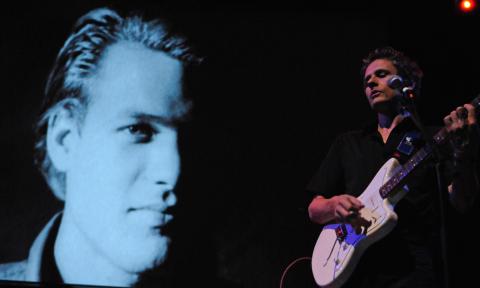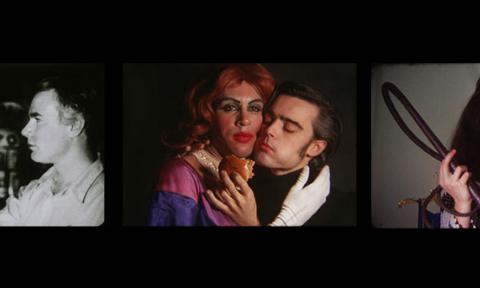Andy Warhol is widely regarded as the most important artist of the second half of the 20th century, and he brought the vision of a successful artist to his filmmaking activities.
In 1979, P. Adams Sitney wrote in Visionary Film: The American Avant-Garde, 1943-1978, that «Warhol came to the avant-garde cinema in a way no one else had… He was a fully developed artist in one medium, and he entered another, not as a dabbler, but with a total commitment. He immediately began to produce major cinema. For years he sustained that production with undiminished intensity, creating, in that time, as many major films as any of his contemporaries had in a lifetime.»
From 1963 to 1971, Warhol produced an oeuvre comprised of more than 4,000 reels of film, including 500 original, 33-minute sound reels, more than 800 original, 2½-minute silent reels, and 2,800 reels of outtakes and prints. Andy Warhol’s film work is highly influential in the history of experimental film, and this influence is being recognized in many exhibitions and publications.
In 1982, five years before he died, Andy Warhol agreed to allow the Whitney Museum of American Art in collaboration with The Museum of Modern Art in New York to retrieve his films from his studio, where they had been stored since he withdrew them from circulation in 1972, and begin a project to research and restore them with the intention of preserving them for future exhibition and study. The collaboration became The Andy Warhol Film Project, which continued after Warhol’s death in 1987 and is still in progress, supported by funding from The Andy Warhol Foundation, Inc. for the Visual Arts.
In 1997, the Foundation generously donated to the Warhol Museum the copyrights to all of the artist’s film and video material, as well as his entire video collection.
-- Quaternaire represents 13 Most Beautiful...Songs for Andy Warhol Screen Tests et Exposed : Songs for Unseen Warhol Films worldwide (except North America).


